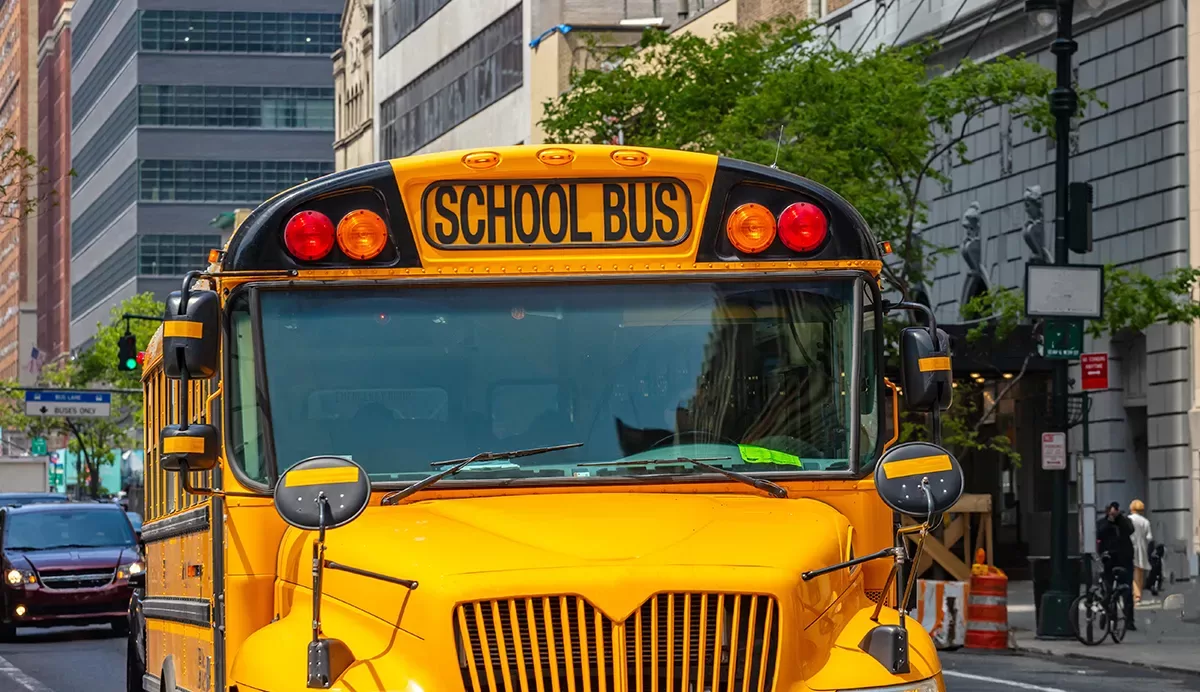In March 2025, an executive order was signed initiating the dismantling of the U.S. Department of Education, aiming to transfer educational authority back to states and local communities. This significant policy shift has profound implications for educators nationwide, introducing both opportunities and challenges as they adapt to a decentralized educational framework.
Key Challenges Facing Educators in 2025
- Teacher Shortages and Retention Issues: The education sector continues to grapple with significant teacher shortages, exacerbated by challenges in recruitment and retention. Factors contributing to this crisis include inadequate compensation, limited professional support, and increased workloads.
- Budget Constraints and Resource Allocation: With the federal government's move to dissolve the Department of Education, many schools face uncertainties regarding funding, particularly those reliant on federal support for programs like Title I. This shift places additional pressure on state and local budgets to fill the gaps. (Source: US DOE)
- Addressing Learning Loss and Student Behavior: Educators are working to mitigate learning losses stemming from previous disruptions, such as the COVID-19 pandemic. Additionally, there is a noticeable increase in student behavioral issues, necessitating effective classroom management strategies and support systems. (Source: EdWeek)
- Integration of Technology in Education: The rapid advancement of technology, including the rise of online learning platforms and artificial intelligence, presents both opportunities and challenges. Educators must adapt to new tools and methodologies to enhance student engagement and learning outcomes. (Source: StandTogether)
Leveraging Innovative Solutions to Address Educational Challenges
In response to these multifaceted challenges, educators and institutions are increasingly turning to technology to enhance teaching efficacy and student engagement. Video analysis platforms, for instance, offer valuable tools for professional development, enabling teachers to reflect on and refine their instructional practices on their own, or receive evidence-based feedback from their coaches and mentors.
- For Teacher Shortages and Retention Issues: Schools can implement asynchronous coaching and video-based feedback using platforms like Vosaic to provide continuous professional support without the need for in-person observation. This makes coaching more accessible and less resource-intensive, which is particularly helpful in districts experiencing staffing shortages. Video analysis also empowers teachers by promoting growth through self-reflection, which can contribute to improved job satisfaction and retention.
- For Budget Constraints and Resource Allocation: Cost-effective tools like Vosaic allow districts to stretch limited resources by scaling coaching and supervision across multiple schools or regions. By replacing or supplementing travel-heavy coaching models, schools can sustain professional development efforts even in the face of declining federal funds.
- For Addressing Learning Loss and Student Behavior: Teachers can use video to analyze student engagement and classroom management strategies. Reviewing classroom footage allows teachers and instructional leaders to identify and respond to specific student needs and behavioral trends, enabling more targeted and effective interventions.
- For Integration of Technology in Education: As schools adapt to a more tech-integrated environment, platforms like Vosaic support professional learning by enabling educators to observe and learn from best practices, whether in-person or remotely. The ability to share, annotate, and reflect on recorded teaching moments supports continuous improvement and fosters a culture of collaborative learning.
Ultimately, these innovations not only improve instructional quality but also create a more sustainable framework for teacher development—one that adapts to evolving demands while remaining focused on student success.
Conclusion
The current educational climate demands adaptability and the adoption of innovative strategies to overcome emerging challenges. By embracing technological solutions and fostering collaborative professional development, educators can enhance their instructional effectiveness, address learning disparities, and navigate the complexities of a decentralized educational system. As the landscape continues to evolve, such tools and approaches will be instrumental in promoting resilience and excellence in education.



